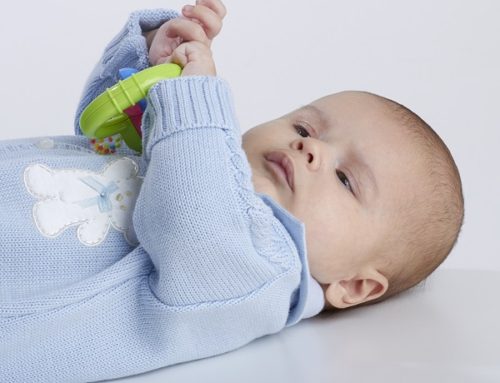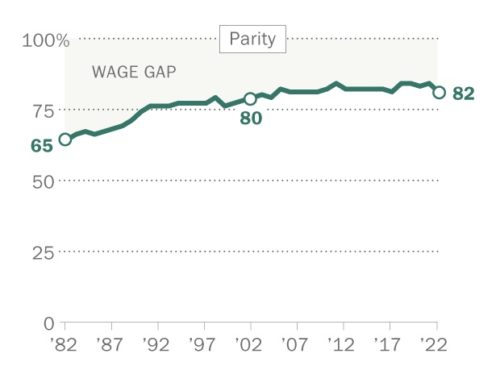According to the Centers for Disease Control and Prevention, the U.S. birthrate fell in 2018 to 3,788,235 births. We have not witnessed such a low number since 1986. The U.S. fertility rate is now at a record low.
Why should we be concerned?
Our fertility rate fell to 1.7 births per woman. This is far below the replacement rate of 2.1 births per woman. Assuming no immigration, our population would shrink by some 60 million people by the end of the century.
The ongoing fertility decline has grim economic consequences. Our population will grow older and require more help from our social services. Our shrinking workforce will undermine our economic growth and reduce precipitously demand for goods and services. In brief, America will sustain chronic economic malaise.
From 2017 to 2018, the number of births fell 1% for Hispanic women and 2% for non-Hispanic white and non-Hispanic black women.
According to the CDC, birth rates fell for almost all racial and age groups. Only women in their late 30s and early 40s experienced gains.
The CDC was surprised by these results because the U.S. economy and job market have continued a years-long growth streak. They had expected birthrates to either stabilize or rise.
Dowell Myers, a demographer at the University of California, said: “It is a national problem. The birthrate is a barometer of despair. Young people won’t make plans to have babies unless they are optimistic about the future.”
Karen Benjamin Guzzo, who studies families at Bowling Green State University in Ohio, said: “Young Americans still want to have children, but they don’t feel stable enough to have them yet.”
On social media, young people discussed the obstacles of having children. (1) Frustration in finding childcare; (2) high medical insurance costs; (3) costs of education; (4) lack of parental leave and other support systems; (5) high housing costs; (6) job insecurity. They cited that while the national economy has done well, their paychecks have not grown at the same pace. Elena Parent, a state senator in Georgia, wrote on Twitter, “Parents know why the birth rate is falling. Kids are expensive & time-consuming and our society doesn’t make it easy.”
One bright spot is a sharp drop in teenager birth rates. This fell 7% in 2018 to 17.4 births per 1,000 for teenagers between the ages of 15 and 19. This rate has declined by 72% since 1991.
Other wealthy countries have fertility challenges. Western Europe and Canada have birth rates far below what is necessary to keep their population constant.
In order for our population to remain constant, America needs immigrants. Most Americans feel that it is imperative to update the 1965 Immigration and Nationality Act. This act has a seven-category preference system that emphasizes family reunification and skilled immigrants.
The 1965 Immigration Act changed the demographic makeup of the American population. Under this legislation, immigrants increasingly came from countries in Asia, Africa and Latin America as opposed to Europe.
Partisan divide has stymied reforming the system. Currently, the majority of legal immigrants qualify for entry on the basis of having a family member legally present in the United States. This is known as “chain migration,” in which one member of a family provides entry to another, who provides entry to another.
A small share of immigrants — about 12% — enter the country on the basis of a job offer or the possession of certain skills or education that make them desirable to employers. These are everything from doctors to software developers. This is called “merit-basis” immigration.
Because immigration is necessary to prevent a significant drop in America’s population, I think a compromise is imperative. I propose a 50%-50% split of new immigrants based upon “chain migration” and “merit-basis” immigration.
Originally published in the Sarasota Herald-Tribune



